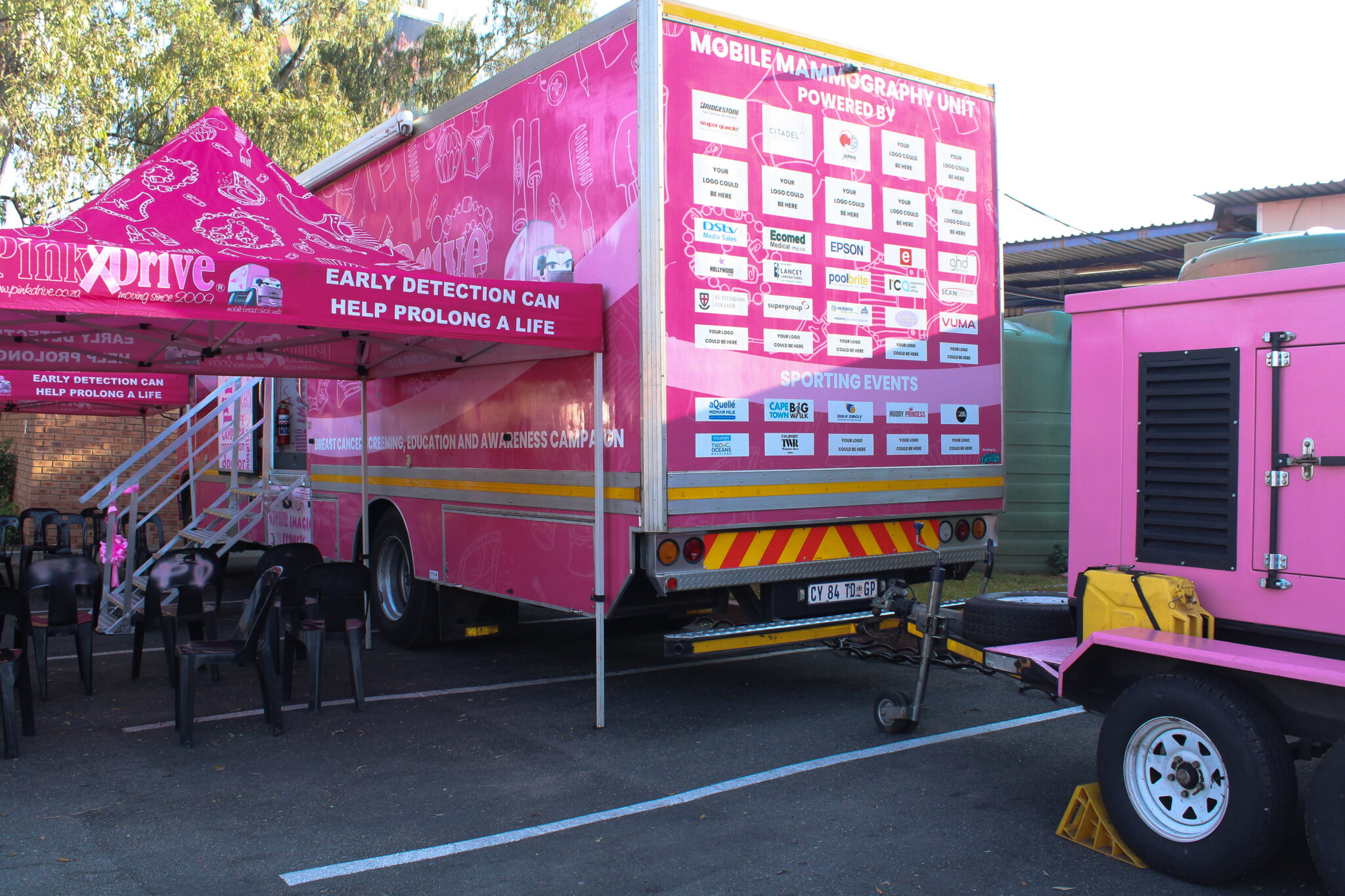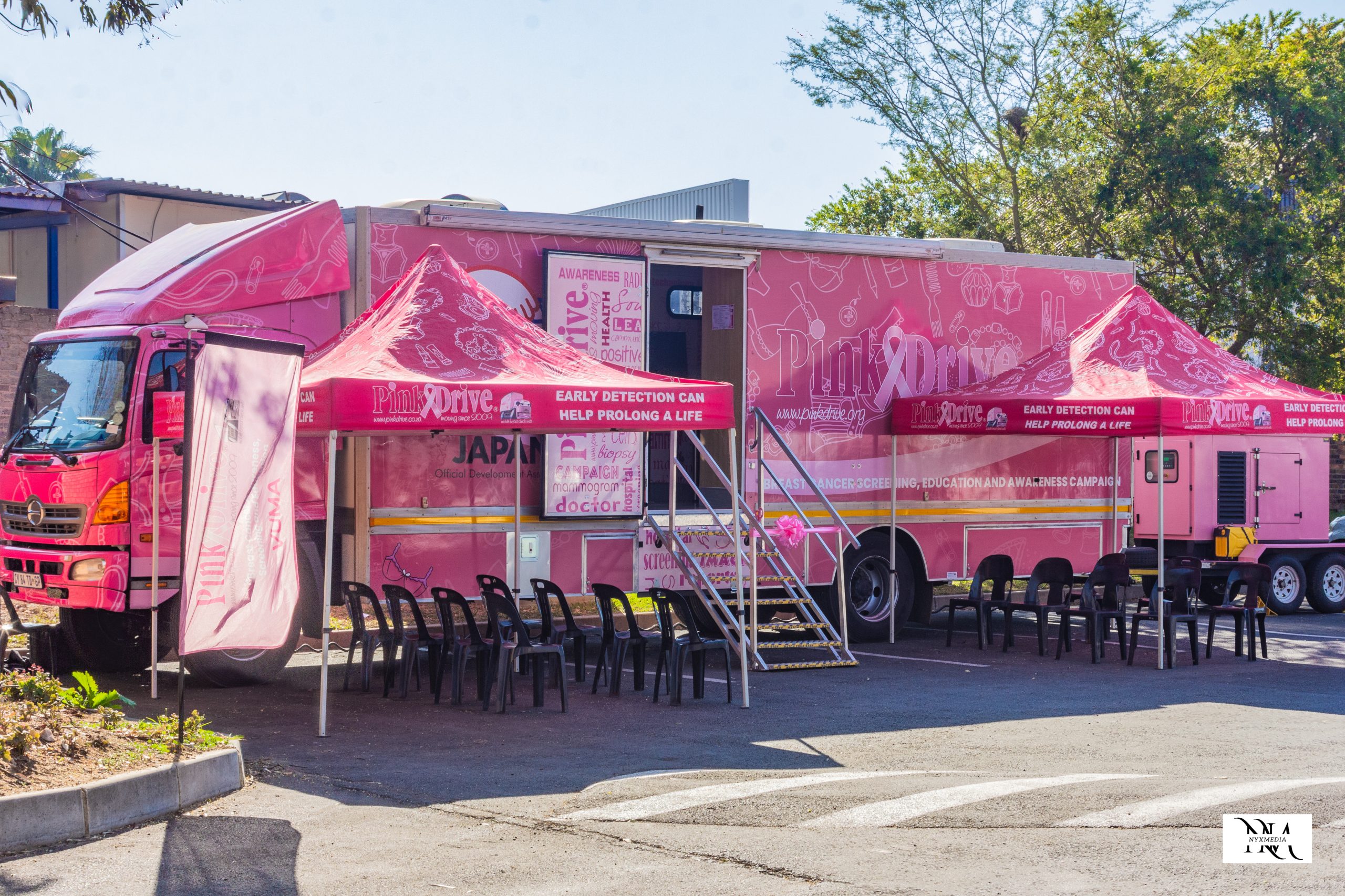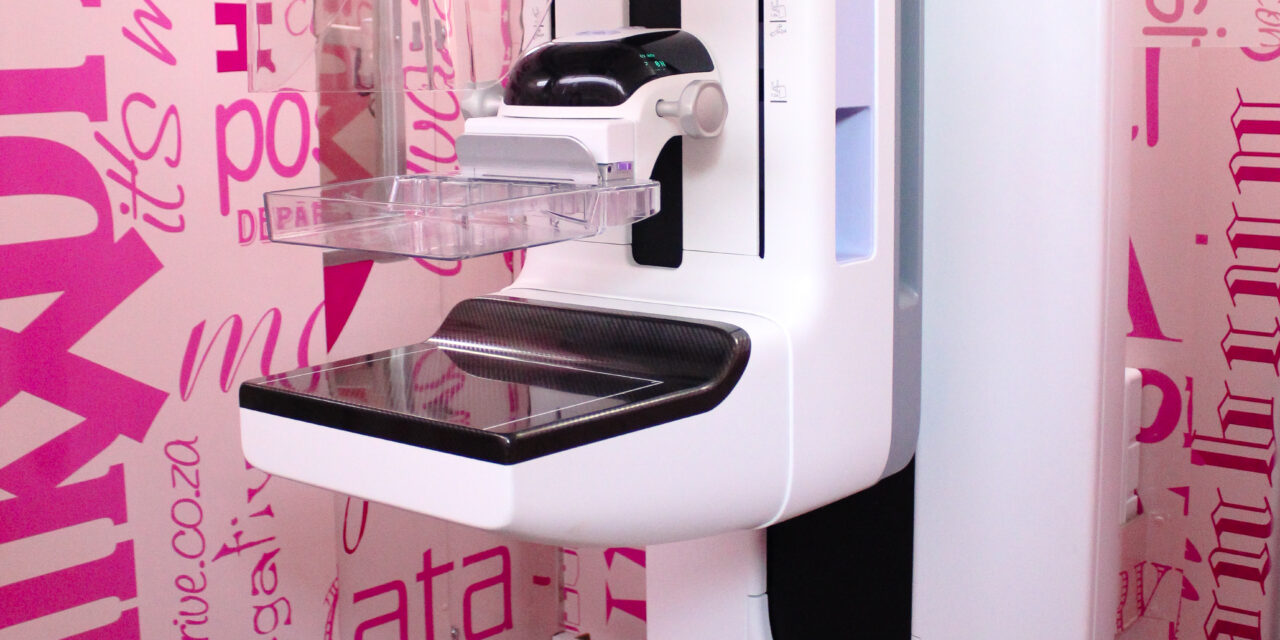Featured on Health-E News article by Lilita Gcwabe
Gauteng now has a new 3D mammography machine which is more accurate in detecting breast cancer. The R3.8 million device is housed in PinkDrive’s new mobile truck.
Founder and CEO of the organisation, Noelene Kotschan, says that this machine makes it easy to spot minor abnormalities that may be hidden in a traditional 2D mammogram. It is more accurate in detecting breast cancer, especially in women with dense breast tissue.
“It also reduces the number of false positive results and the number of follow-up tests,” she says.
The machine can produce 3-dimensional images of the breast tissue, showing the radiologist a clear vision of the breast tissue layer by layer.
Unfortunately, this game-changing machine is unavailable in public health facilities but Gauteng residents can access the technology via this mobile truck. Public hospital facilities utilise 2-dimensional mammography technology, which relies on X-Ray technology to produce images that are used to detect signs of breast cancer.

Slow screening, delayed cancer detection
According to the National Cancer Registry (2017), one in 26 women is at risk of developing breast cancer in South Africa, and 16% of cancer deaths are attributed to it. Public sector breast clinics are overcrowded which means women are screened slowly, which does little to improve the cancer detection rate.
Deputy Minister of Health, Dr Sibongiseni Dhlomo, blamed the long waiting times on broken machinery and delays in repairs.
“Most of the time, we don’t get machines fixed for weeks that turn into months. There’s no understandable reason for this. Instead, we need to strengthen our health system and machines to improve the quality of care for cancer patients .”
Dhlomo says he knows of at least one hospital which borrows units from the Pink Drive organisation because they “still have broken machines.”
“In KZN, there’s also a hospital that has five units but at any given time, there are only two or three of them that are working,” says Dhlomo.
Delays in cancer screening
Radiologist, Dr Herman Fourie, believes that there are too many women who are then diagnosed at an advanced stage of the disease when little can be done.
“If you pick up cancer later, it’ll be larger and already spread throughout the body, then the chances for recovery are very slim. And if there’s a long waiting time, as we usually see in public health, patients end up having a worse outcome.”

Unlike in the private sector, public health patients are not screened annually. Instead, a referral system is used. When a problem is picked up the clinic will refer the patient to the hospital, which then refers the patient to a specialist – who will evaluate and make a diagnosis.
“But the delays can be detrimental to a patient,” says Fourie.
“The fact that when we pick up cancer early when it is still small, the survival rate is about 90 – 95% chance of survival and if you pick it up when it is much bigger, the survival rate is about maybe 10%. Since we’ve been seeing the patients and doing the mammograms earlier, we have observed through the work with the Pink Drive that early detection saves lives.”
The delay in screening and diagnosis can worsen the outcome for a patient.
“This is what the mobile unit is trying to improve. To reduce the waiting times by going to a clinic and seeing the patients in that area, including those who have already been referred and doing the mammograms at a faster pace,” says Fourie.
The Rollout
Kotschan says the new mobile truck will reach people in rural areas, low-income settings, and other communities that do not easily have accessible and available screening services to them. But the reach is currently limited due to financial restraints.
“The truck can only service one province and although we will be able to move around for now it’s the Gauteng truck and we are getting these upgraded 3D services in the area and the other provinces will probably follow suit,” says Fourie.
MEC of the Gauteng Department of Health, Ms Nomantu Nkomo-Ralehoko, described the Pink Drive as a “beacon of hope” in the face of the harsh realities of cancer faced by people in Gauteng.
“The 3D unit is a prime example of how health innovation can save lives by bringing early detection services to various communities. The road to combat cancer is difficult. Our priority is improving our early detection and prevention services.”
Nkomo-Ralehoko says the department’s second priority is to focus on improving the quality of care for those who are diagnosed and living with cancer, as well as, improving existing infrastructure in hospitals to ensure that facilities are equipped to manage the demand for services.
She says she will “soon” meet with Pink Drive to find ways to collaborate in directing cancer resources to communities that need it most.
To find out where the mobile truck’s next stop will be, contact (011) 998 8022 and ask for Rhulani or email: medical@pinkdrive.org
For corporates who would like to donate to this initiative, email antoinette@pinkdrive.org or nelius@pinkdrive.org.

